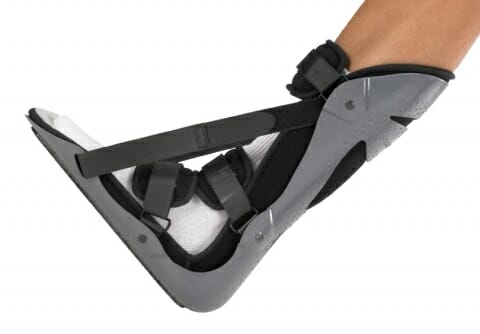Hello there, readers! Welcome back to my blog as I continue to share my experiences during my clinical rotations in Costa Rica. Last week, Travis and I began our journey at the Hospital Nacional de Niños (HNN) under the guidance of Dr. Roger Vargas. This week, I have some updates to share as we further explore clinical observations and potential solutions for patients with cerebral palsy.
After shadowing Dr. Camacho and Dr. Saborio in Dr. Vargas’ absence, we moved on to the next phase of our internship. Our focus shifted to shadowing and prototyping, specifically in relation to casts for patients with cerebral palsy. Cerebral palsy is a condition that affects motor function and muscle control, making it challenging for patients to move along three axes: flexion-extension, abduction-adduction, and pronation-supination.

Throughout the week, we had the opportunity of meeting and interacting with patients who have cerebral palsy. These individuals opened our eyes to their unique challenges and helped us identify the user needs that exist in terms of cast design. By observing their movements, and limitations, and listening to their experiences, we gained invaluable insights that would guide us in our quest to create effective solutions.
During our patient visits, conducted solely in Spanish, we were fortunate to have Dr. Vargas’s assistance. With his bilingual skills, he provided comprehensive summaries of each patient’s condition, bridging the language gap and facilitating our understanding.
One key aspect we noticed during these patient visits was the importance of proper form and alignment for the patient’s legs. Many individuals with cerebral palsy struggle with maintaining the correct position of their legs, which can affect their overall mobility and comfort. From these observations, we brainstormed a concept for a splint that could be worn during nighttime to improve motion along all three axes but also aid in creating the proper form for the leg.

Current Example of a Nighttime Splint
Our vision for this nighttime splint was to develop a design that would gently guide the leg into the correct alignment while allowing for controlled movement and flexibility. We wanted to create a splint working harmoniously with the patient’s muscles, providing support and encouragement for optimal leg positioning. By doing so, we aimed to enhance the overall comfort and functionality of the cast while promoting proper form and alignment.
The idea of a nighttime splint that improves motion and fosters proper leg alignment excited us. We understood that developing such a prototype would require careful consideration of materials, ergonomics, and the unique needs of each patient. But we were determined to create a solution that would help individuals with cerebral palsy to experience increased mobility and better leg positioning, ultimately enhancing their overall quality of life.

Example of how we could help treat one axis of motion in a nighttime splint
With the knowledge gained from patient visits and our growing understanding of user needs, we were ready to dive deeper into the prototyping process. We are eager to explore materials and design concepts that would bring our nighttime splint idea to life. Our goal was to create a functional and comfortable prototype that would make a real difference in the lives of patients with cerebral palsy.
Next week, we will continue our clinical observations, hoping to create and refine our splint prototypes, and work towards turning our ideas into tangible solutions. I can’t wait to share the progress we make in the next blog. Thanks for reading, and I hope to catch you on the next one!

